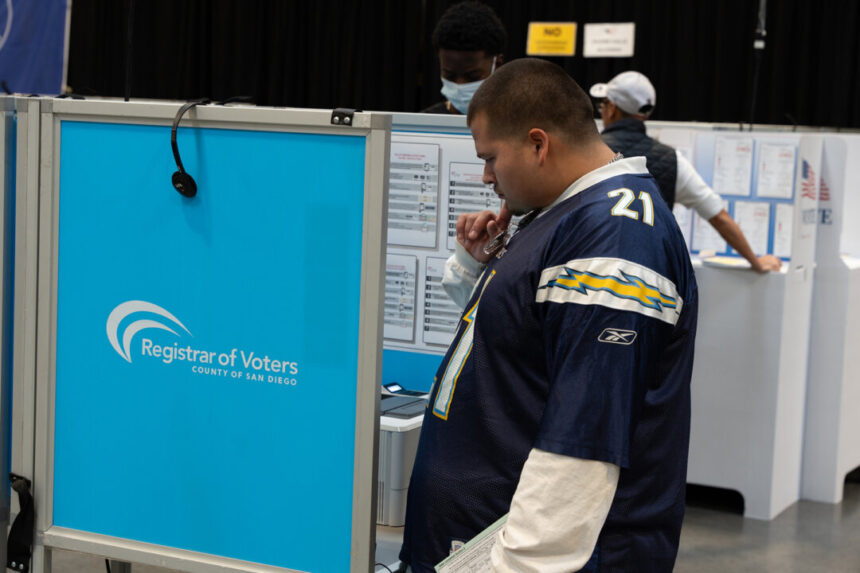The president of the Taxpayer Association predicts that the trend of issuing bonds will continue until significant changes are made to the governance structure. In the recent November election in San Diego County, a record-breaking 22 school bonds totaling $6.7 billion were presented to voters. The Taxpayer Association supports 15 of these bonds and opposes the rest, highlighting the need for fundamental changes to address the increasing costs faced by local governments. The association’s president points to excessive labor costs and the lack of proper maintenance as key issues driving the reliance on bonds. The governance structure with numerous local governments, including school districts, contributes to the financial challenges faced by taxpayers. The bond measures are essential for funding major repairs, renovations, and new construction projects in schools across San Diego County, where 42 school districts serve about 477,000 K-12 students. The association stresses the importance of addressing these issues to alleviate the burden on taxpayers and ensure sustainable funding for essential school projects.
That is, if using a $25 levy rate as an estimation and if a property has an assessed valuation of $500,000, the owner will see an extra $125 annual tax on their property tax bill to pay for the bond.
And if the property is within a school district as well as a community college district that both have passing bonds, the owner would have to pay extra taxes for both bonds.
Hong said if the state and local districts “budgeted appropriately to school facility needs,” voters would be asked for fewer bonds.
“Unfortunately, very few people see what’s happening across the system.” When people see facilities are broken, they want to get better facilities for the kids, he said. So a lot of times, the bonds pass.
“If everyone keeps passing these bonds, then what incentive does the state have the budget appropriately?” he asked.




